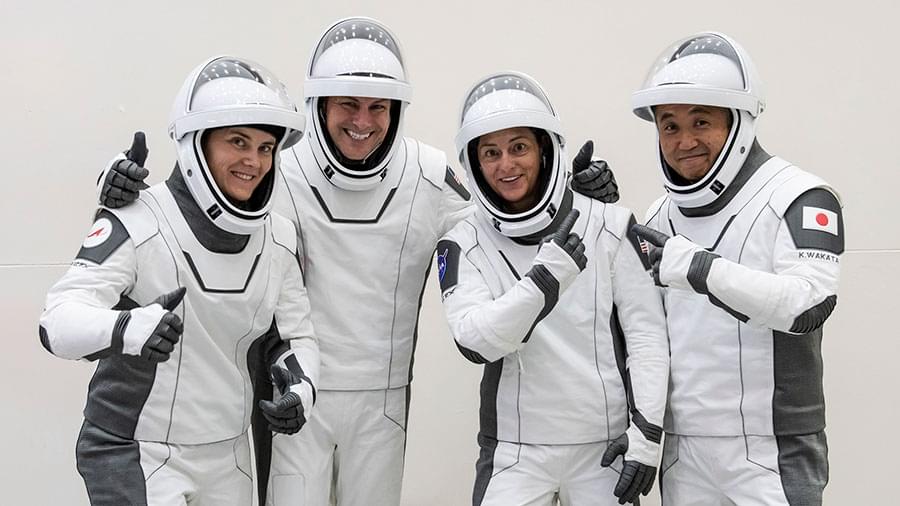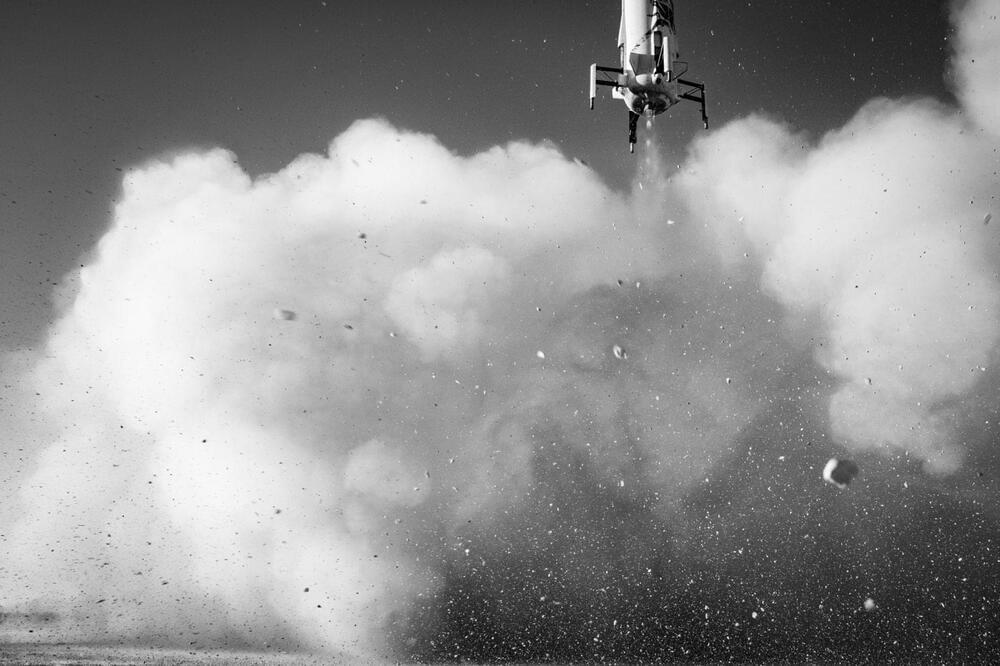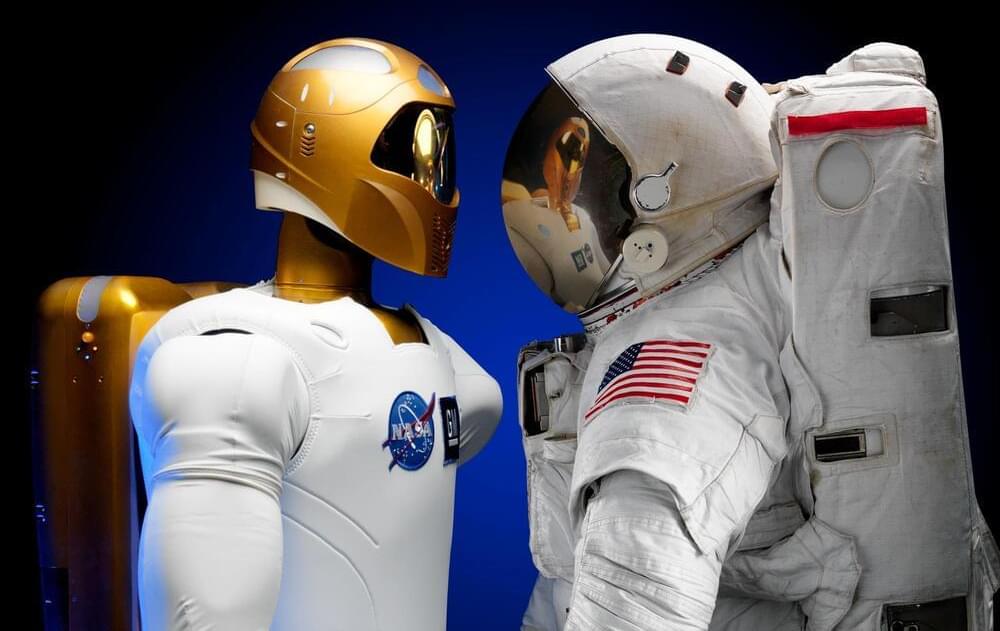Have we found a water planet with deep oceans nearby (in astronomical terms)? Could water worlds be plentiful near red dwarf stars? Would life have a better chance on such worlds? Listen to see what we know so far about this and planet TOI-1452 b.
Worm-hole generators by the pound mass: https://greengregs.com/
For gardening in your Lunar habitat Galactic Gregs has teamed up with True Leaf Market to bring you a great selection of seed for your planting. Check it out: http://www.pntrac.com/t/TUJGRklGSkJGTU1IS0hCRkpIRk1K
Awesome deals for long term food supplies for those long missions to deep space (or prepping in case your spaceship crashes: See the Special Deals at My Patriot Supply: www.PrepWithGreg.com.



